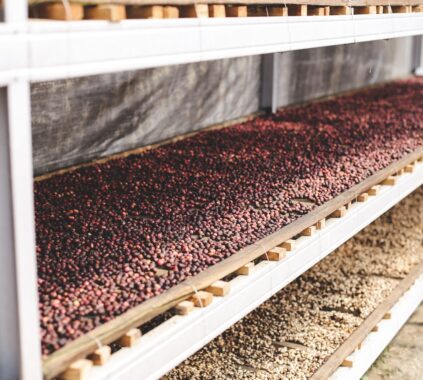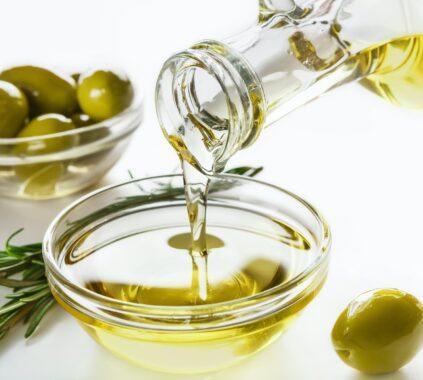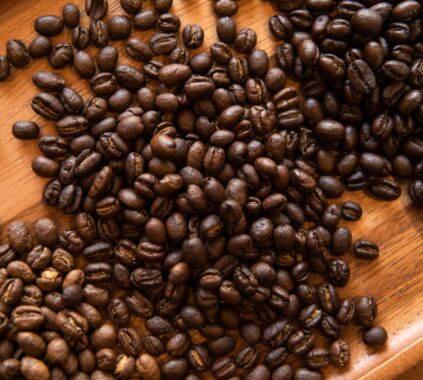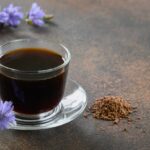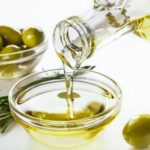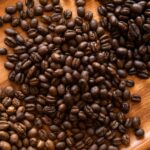Table of Contents
Did Someone Say Espresso?
Espresso is a beloved coffee brewing method known for its intensity, rich flavor, and velvety texture. In this article, we’ll explore the history of espresso, how it’s made, the equipment used, and the role it plays in modern coffee culture.
Check out our Coffee Corner with everything coffee related!
History of Espresso
Origin
Espresso was born in Italy during the early 20th century as a response to the need for a faster coffee brewing method. In 1901, Luigi Bezzera patented the first espresso machine, which used steam pressure to force hot water through finely ground coffee, drastically reducing brewing time.
Evolution
Throughout the 20th century, advancements in espresso machine technology led to improvements in brewing consistency and the ability to better control extraction. The introduction of the modern espresso machine’s pump-driven system in the 1960s allowed for even more control over the brewing process.
The Espresso Method Today
Modern Espresso Machines
Today’s espresso machines use a combination of water pressure, temperature control, and precision grinding to extract a concentrated, flavorful shot of coffee. There are various types of espresso machines available, ranging from manual lever machines to fully automatic machines.

Espresso-Based Drinks
Espresso serves as the foundation for many popular coffee drinks, such as cappuccinos, lattes, and Americanos. The versatility of espresso has led to a wide variety of espresso-based beverages that cater to different taste preferences.
How to Brew Espresso
Gather Ingredients and Equipment
To make espresso, you’ll need fresh coffee beans, clean water, an espresso machine, and a grinder capable of producing a fine, consistent grind.
Grind Coffee Beans
Grind your coffee beans to a fine consistency, similar to powdered sugar. The grind size is crucial for proper extraction, as too coarse of a grind can result in under-extracted, weak shots, while too fine can cause over-extraction and bitterness.
Check out our Guide on Coffee Grinds
Dose and Tamp
Measure the appropriate amount of coffee grounds for your shot (typically 18-20 grams for a double shot). Distribute the grounds evenly in the portafilter and apply firm, even pressure using a tamper to create a level, compact coffee bed.
Extract Espresso
Attach the portafilter to the espresso machine, place a cup or shot glass under the spouts, and start the extraction. A well-extracted shot should take approximately 25-30 seconds and have a rich, golden-brown crema on top.
Here is a economic Espresso Machine
Enjoy Your Espresso
Savor your freshly brewed espresso on its own, or use it as a base for your favorite espresso-based drinks.
Tips for Perfect Espresso
Choose High-Quality Beans
Select fresh, high-quality coffee beans to ensure the best flavor. Experiment with different roast levels and origins to find the beans that suit your taste preferences.
Maintain Your Equipment
Regularly clean and maintain your espresso machine and grinder to keep them in top working condition and to prevent off-flavors in your espresso.
Adjust and Experiment
Espresso brewing requires constant adjustment and experimentation to achieve the perfect extraction. Factors such as grind size, dose, and extraction time may need to be tweaked to accommodate different coffee beans or environmental conditions.
Conclusion
Espresso is an intense, rich, and versatile coffee brewing method that has played a significant role in shaping coffee culture around the world. With the right equipment, high-quality coffee beans, and a little practice, you can master the art of espresso and enjoy its bold, complex flavors at home or in your favorite café.
Daily Demitasse is a participant in the Amazon Services LLC Associates Program, an affiliate advertising program designed to provide a means for sites to earn advertising fees by advertising and linking to Amazon.com. We also participate in other affiliate programs which compensate us for referring traffic.




